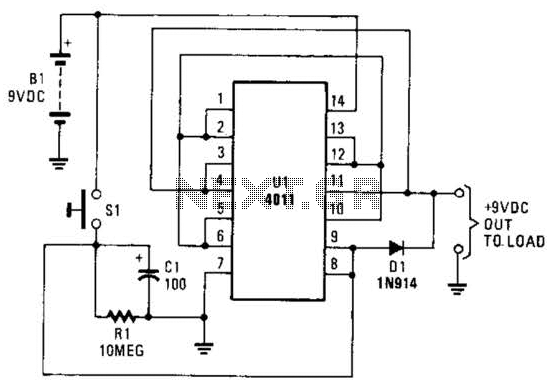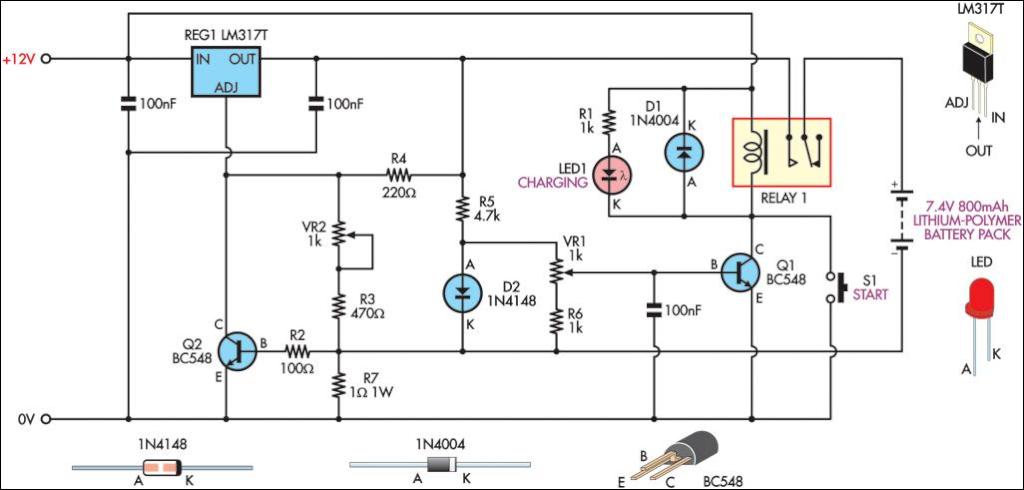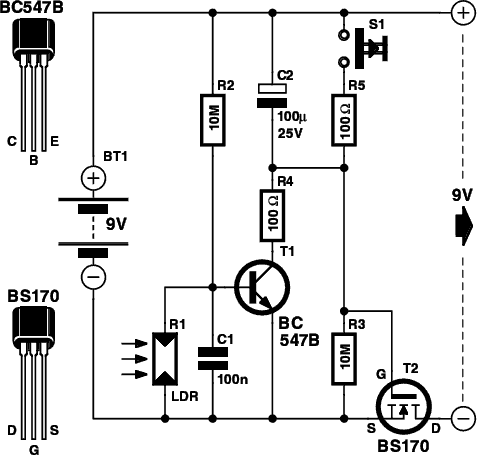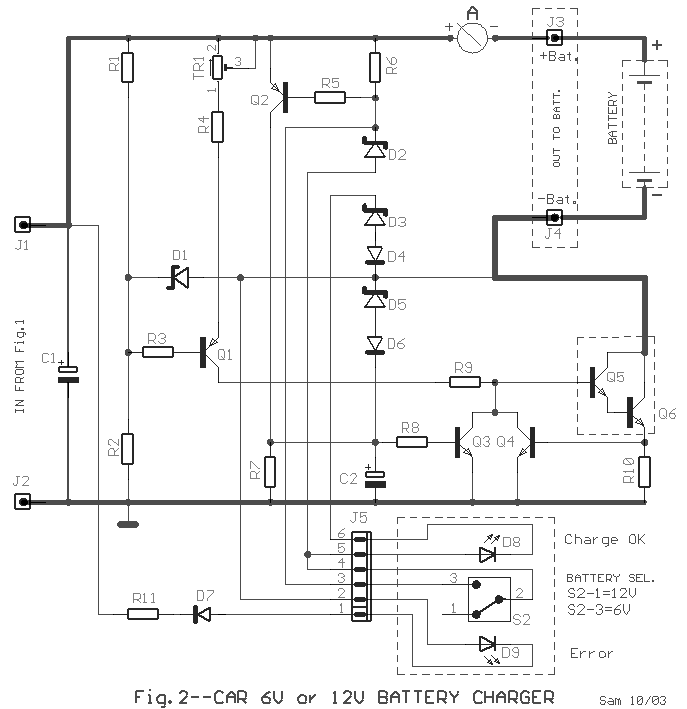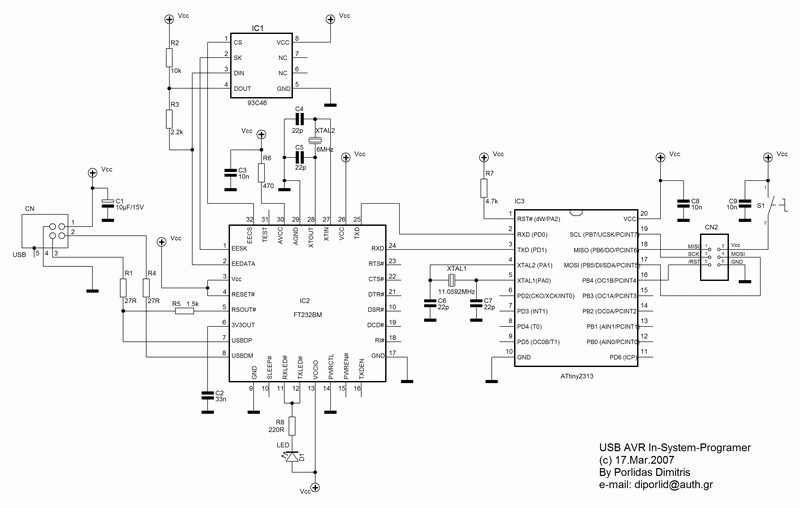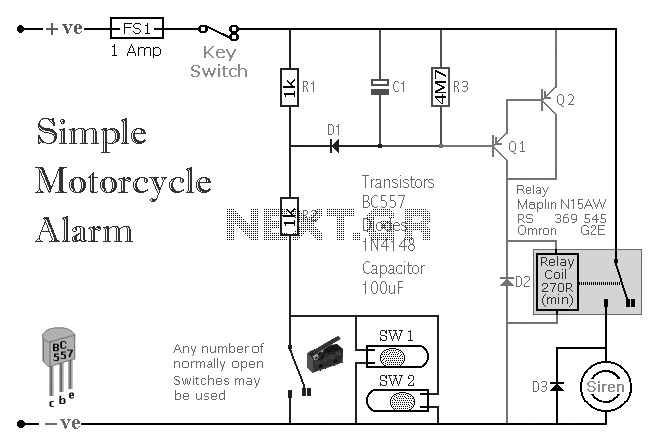
battery charger based on avr atmega
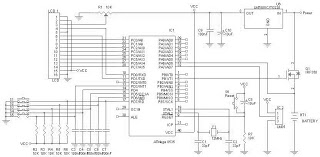
A battery charger can be understood as a device designed to replenish the charge in a battery. An effective charger circuit should provide the necessary resources for efficient and safe battery charging. The AVR-Based Battery Charger utilizes the ATMega 8535 microcontroller and is equipped with an LCD display. This design employs the ATMega 8535 microcontroller to process data for the charger display, incorporates an LM35 temperature sensor for thermal safety, and includes several buttons for charger settings. The power component of this battery charger is based on a FET.
The AVR-Based Battery Charger circuit utilizes the ATMega 8535 microcontroller as its core processing unit. This microcontroller is responsible for managing the charging process, monitoring battery voltage, and displaying relevant information on an LCD screen. The LCD display provides real-time feedback on the charging status, allowing users to easily monitor the battery's charge level.
To ensure safe operation, the circuit includes an LM35 temperature sensor. This sensor continuously measures the temperature of the charger and the battery. If the temperature exceeds a predefined threshold, the microcontroller can take appropriate actions, such as reducing the charging current or shutting off the charger entirely to prevent overheating.
The user interface is enhanced by the inclusion of several buttons, which allow users to configure various settings of the charger. These settings may include selecting the charging mode, setting the desired voltage level, or adjusting the charging current based on the battery specifications.
The power management aspect of the charger is handled by a Field Effect Transistor (FET). The FET serves as a switch that regulates the current flowing to the battery during the charging process. This arrangement allows for efficient power conversion and minimizes energy loss, ensuring that the charger operates effectively.
Overall, the AVR-Based Battery Charger with an ATMega 8535 microcontroller and LCD display represents a sophisticated solution for battery management, combining safety features, user-friendly controls, and efficient charging capabilities.Battery Charger in general can be interpreted as a means to recharge the battery charge. Principles of good charger circuit is capable of providing resources to perform effectively charging the battery, efficient and safe. AVR-Based Battery Charger ATMega 8535 With LCD Display This is an idea that had just emerged from the author.
In AVR-Based Bat tery Charger design ATMega 8535 With LCD Display is using AVR microcontroller processor charger with ATMega 8535, process the data viewer charger with LCD, a safety from a hot temperature with the temperature sensor LM35 and several buttons for setting the charger. And component power charger Battery Charger Based on AVR ATMega 8535 With LCD Display is a FET. 🔗 External reference
The AVR-Based Battery Charger circuit utilizes the ATMega 8535 microcontroller as its core processing unit. This microcontroller is responsible for managing the charging process, monitoring battery voltage, and displaying relevant information on an LCD screen. The LCD display provides real-time feedback on the charging status, allowing users to easily monitor the battery's charge level.
To ensure safe operation, the circuit includes an LM35 temperature sensor. This sensor continuously measures the temperature of the charger and the battery. If the temperature exceeds a predefined threshold, the microcontroller can take appropriate actions, such as reducing the charging current or shutting off the charger entirely to prevent overheating.
The user interface is enhanced by the inclusion of several buttons, which allow users to configure various settings of the charger. These settings may include selecting the charging mode, setting the desired voltage level, or adjusting the charging current based on the battery specifications.
The power management aspect of the charger is handled by a Field Effect Transistor (FET). The FET serves as a switch that regulates the current flowing to the battery during the charging process. This arrangement allows for efficient power conversion and minimizes energy loss, ensuring that the charger operates effectively.
Overall, the AVR-Based Battery Charger with an ATMega 8535 microcontroller and LCD display represents a sophisticated solution for battery management, combining safety features, user-friendly controls, and efficient charging capabilities.Battery Charger in general can be interpreted as a means to recharge the battery charge. Principles of good charger circuit is capable of providing resources to perform effectively charging the battery, efficient and safe. AVR-Based Battery Charger ATMega 8535 With LCD Display This is an idea that had just emerged from the author.
In AVR-Based Bat tery Charger design ATMega 8535 With LCD Display is using AVR microcontroller processor charger with ATMega 8535, process the data viewer charger with LCD, a safety from a hot temperature with the temperature sensor LM35 and several buttons for setting the charger. And component power charger Battery Charger Based on AVR ATMega 8535 With LCD Display is a FET. 🔗 External reference
